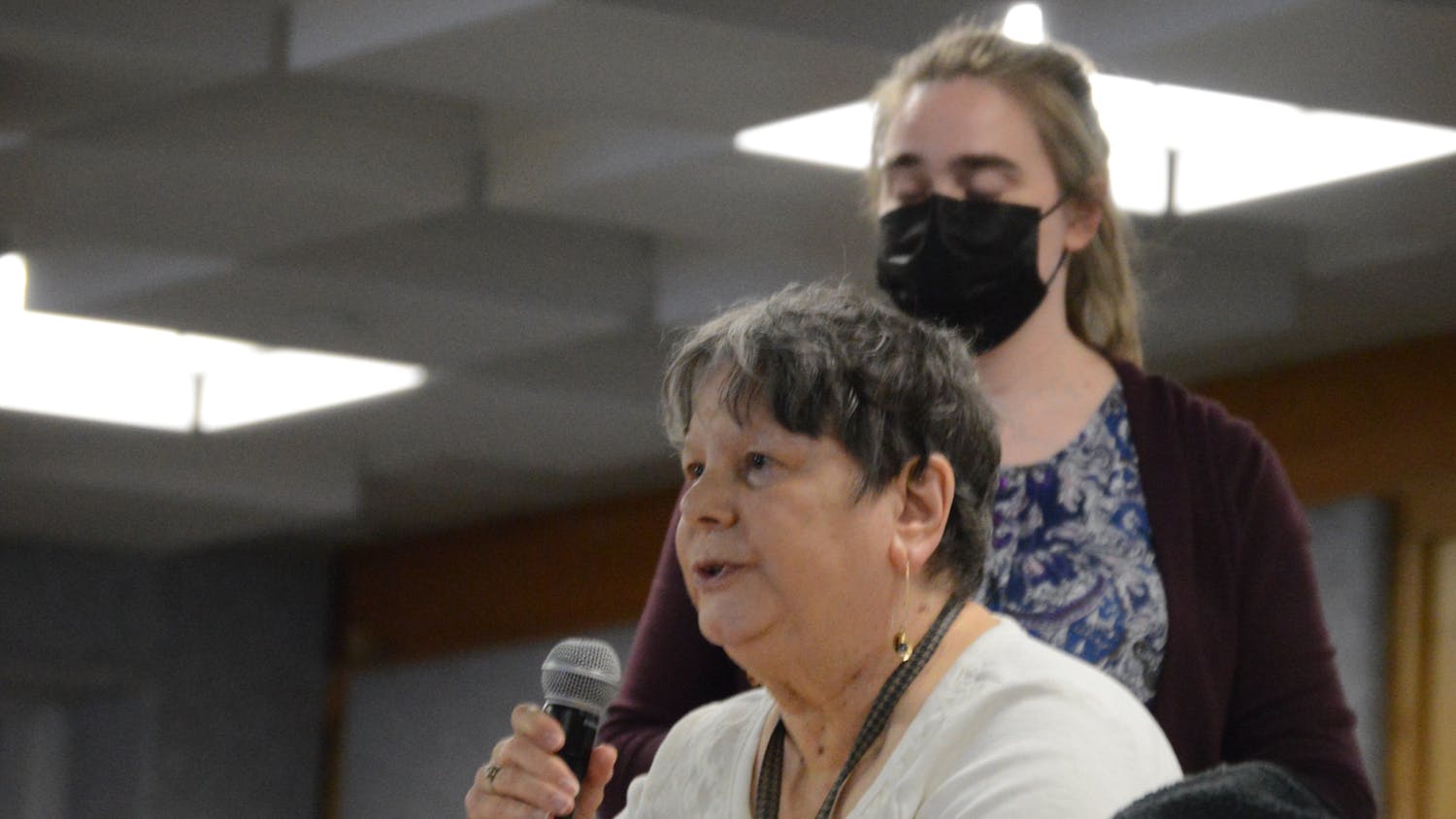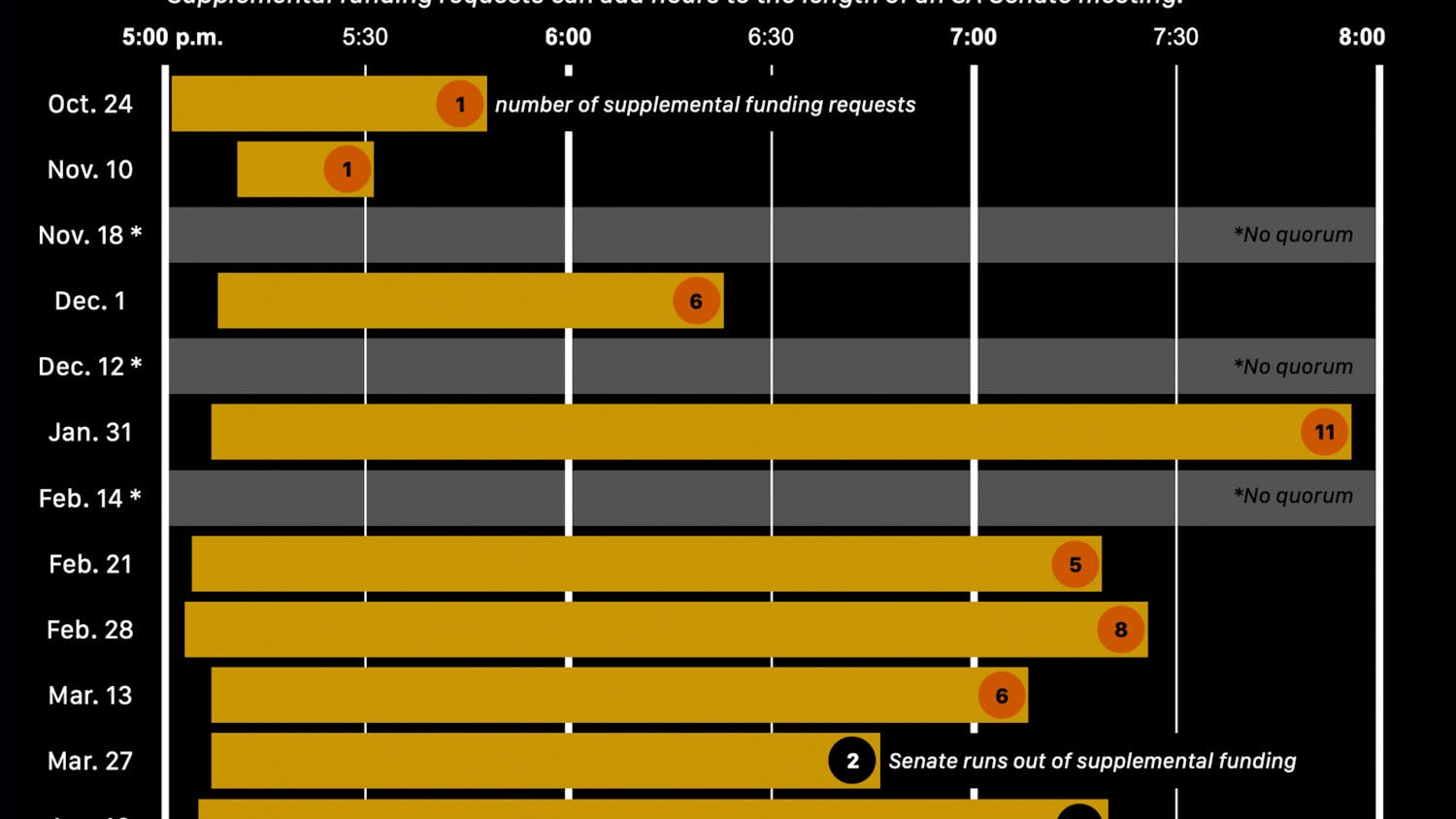TAMPA, Fla. - More than 40 sites in Afghanistan have been identified as possible laboratories for weapons of mass destruction, the U.S. commander of the Afghan campaign said Tuesday, as Pentagon leaders disclosed that they are focusing the search for Osama bin Laden and Taliban leaders on two areas of the country.
During a briefing at his Tampa headquarters, Army Gen. Tommy Franks, the head of U.S. Central Command, described progress in the search for chemical, biological and nuclear weapons. Samples of seized substances were being sent to laboratories in the United States for testing, he said.
Late Tuesday, the Pentagon reported that U.S. aircraft had bombed a "non-trivial" compound that has housed leaders of bin Laden's al Qaeda terrorist network southeast of Kandahar, the southern city that is the Taliban's sole remaining stronghold. Officials said they did not know of any injuries or deaths, or who was inside the facility at the time.
Pitched fighting continued near Kandahar on Tuesday, as more U.S. Marines streamed into an airfield southwest of the city to establish a forward base.
In the north, opposition forces consolidated their control with the surrender of thousands more Taliban fighters who had fled the fallen stronghold of Kunduz.
The largest group of fighters - an estimated 6,000 - gave themselves up in several waves that began Monday evening and continued Tuesday, Northern Alliance officials said.
But the fate of the surrendered fighters remained uncertain. Northern Alliance Gen. Abdul Rashid Dostum is believed to have offered them safe passage to join comrades defending Kandahar - an outcome likely to displease both the United States and other elements of the Northern Alliance.
U.S. officials have said that none of the foreign Taliban fighters - whose ranks are believed to include some bin Laden associates - should be allowed to escape. Defense Secretary Donald H. Rumsfeld has said that those who did not die on the battlefield should be captured.
Northern Alliance leaders also claimed Tuesday that they had quelled a bloody uprising by foreign Taliban fighters at a prison complex near the northern city of Mazar-e-Sharif. But Franks contradicted this, saying his information indicated that 30 to 40 Taliban prisoners were continuing a last-ditch fight after three days of struggle.
Northern Alliance officials said the standoff at the 19th century fortress and jail at Qalai Janghi near Mazar-e-Sharif, ended in a battle in which the last 150 defenders were killed, said Abdul Majiz, security chief for Kunduz province. A rebellion among the 600 Taliban POWs began Sunday, prompting a large-scale prison riot. The United States helped quell the uprising by calling in airstrikes; a U.S. military adviser to the Northern Alliance was reported killed in the violence.
The suspected weapons laboratories across Afghanistan have attracted the U.S. military's attention since Taliban forces surrendered control of most of northern Afghanistan three weeks ago. Journalists who have visited the sites have found suspicious documents and equipment, including a vial, labeled as the poison gas sarin, found in an abandoned house in Kabul, the capital.
Sarin was used by the members of the Japanese extremist group Aum Supreme Truth in its terrorist strike on a Tokyo subway station in 1995. But Franks said U.S. forces have not found any substance that they can identify as a specific agent.
"If I thought I had my hands on a vial of sarin gas, I would be a bit more circuitous," Franks said. "No, we have not found a substance that we believe is a specific thing."
He said U.S. forces consider it a high priority not to leave behind any weapons of mass destruction. "That is non-negotiable," he said. "We will not leave weapons of mass destruction in this country."
Pentagon officials have sought to remain vague on where they have concentrated their search for Bin Laden and the Taliban leadership. But Franks gave the first general indications, saying the military has found "two areas that are very interesting to us."
One is the area surrounding Kandahar; the second is a triangular region in the north from Kabul to the Khyber Pass on the border with Pakistan to the city of Jalalabad. The second region includes the village of Tora Bora, long rumored a haven for Bin Laden. Residents have recently claimed to have seen him.
Both regions are pocked with caves, tunnels and reinforced bunkers, which moujahedeen fighters used to elude the Soviets during their 1979-1989 occupation. Officials added that these weren't the only areas where they are searching for the enemy leaders.
Rumsfeld, who appeared with Franks, said the $25 million reward that Washington has offered for bin Laden is helping produce a rising volume of intelligence tips.
"The intelligence information is coming in in large volumes," he said. "There is no question that there are people who have found that reward money is an incentive and are busily engaged in trying to earn it."
He also sought to clarify the mission of the newly arrived force of 1,000 Marines, saying they are intended simply to establish an operating base from which U.S. troops may pursue the Afghan campaign. But, he added, they might be used "for some other purpose" in the future.
Holding a local base allows U.S. forces to avoid making seven- to nine-hour flights to allied air bases and U.S. vessels on the Arabian Sea, Franks said.
The Marine force, which is not to exceed 1,100, will block roads and monitor more than 150 mountain pathways to keep Taliban and al Qaeda fighters from fleeing Afghanistan, Rumsfeld said.
On Monday, barely a day after arriving at their base at an airport less than 80 miles from Kandahar, Marines in Cobra helicopter gunships called in Navy F-14 fighters to destroy a column of armored vehicles. The column was not immediately threatening the new Marine base, Franks said, but Rumsfeld added that it came close enough to cause concerned Marine pilots to call for the strikes.
The defense officials stressed that hostile fighters remained dispersed in pockets around Afghanistan.
"It is a dangerous situation on the ground. When a town turns from a Taliban/al Qaeda town to an opposition town, a lot of things can happen," Rumsfeld said. "People have just melted into the countryside. It is far from over on the ground."
Despite reports of some looting in cities under the control of the Northern Alliance, Rumsfeld said that the opposition forces have maintained order well enough that the international community doesn't need to send in a stabilization force.
In the south of Afghanistan on Tuesday, heavy fighting was reported along the main road linking Kandahar with its principal trade route south to Pakistan.
Travelers arriving in the Pakistani border town of Chaman said the worst clashes between Taliban militia members and fighters loyal to local tribal leaders were at the town of Torkotal, about 35 miles southwest of Kandahar. At the border itself, men, apparently wounded in the fighting, could be seen being transferred from Afghan jeeps to Pakistani ambulances, which brought them to hospitals in Chaman.
Meanwhile, in the southern Afghan border town of Spin Buldak, Taliban militia members reportedly withdrew from a tentative agreement to surrender the town to local tribal elders and instead engaged in a series of on-again, off-again negotiations.




